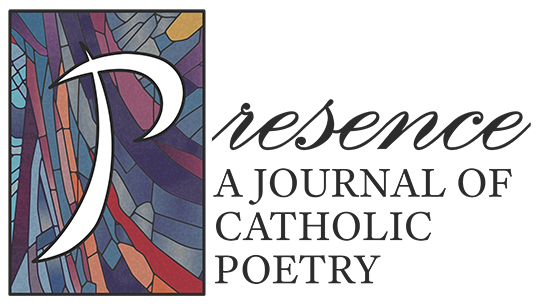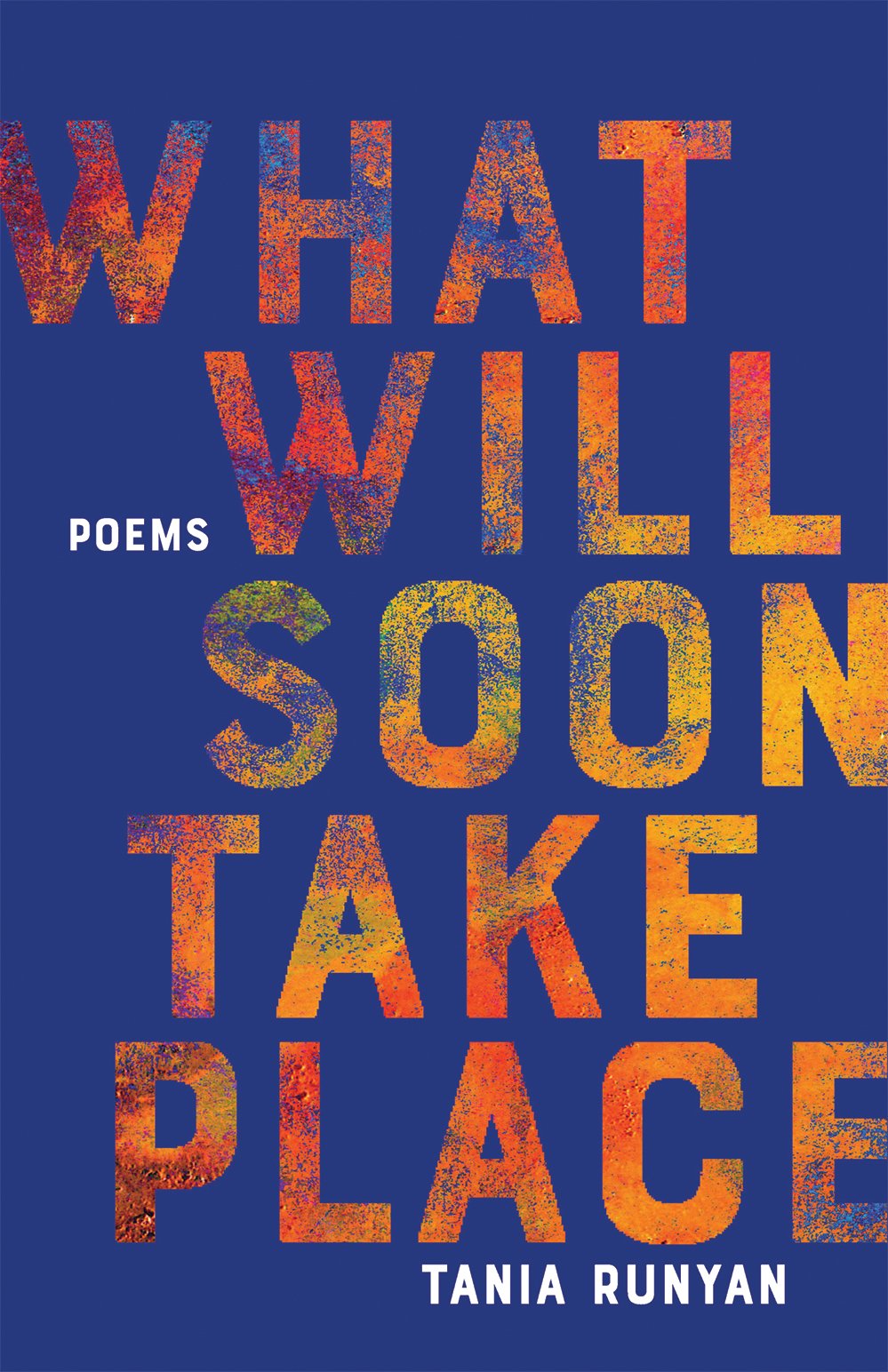The following are excerpts from book reviews submitted by undergraduate students in the Journal Editing class that was offered by the Department of English at Caldwell University in the Fall 2018 semester in conjunction with the submission period for Presence 2019. The books reviewed below represent the students' choices from among the books reviewed by professionals in Presence 2019. Poets reviewed are: Amy Barone, Martha Collins, Jim Daniels, Bryan D. Dietrich; a jointly published collection by Linda Nemec Foster and Anne-Marie Oomen; Mary Karr, Andrea Potos, and Tania Runyan.
AIMEE JIMENEZ on LINDA NEMEC FOSTER and ANNE-MARIE OOMEN'S THE LAKE MICHIGAN MERMAID: A TALE IN POEMS (WAYNE STATE UNIVERSITY PRESS, 2018)
As the subtitle indicates, The Lake Michigan Mermaid: A Tale in Poems, is a story told in the form of poems. Anne-Marie Oomen takes the position of the girl Lyk and also conveys Lyk's connection with her mother and "Gramma." Linda Nemec Foster writes through the eyes of a mermaid responding to Lyk. The language of these poems brings out the sad, lonesome feelings of both Lyk and the mermaid, who are both trying to answer the question we all ask ourselves: why am I here?
The opening poem raises this question when Lyk tells us, "Each day I wonder if there might / be a being out there, beyond that line" of the lake's horizon, "a being who would say Lyk like the name / / was meant to join one joyful thing to some / other joyful thing. Is there any one?" The mermaid is trying to help because she is also trying to answer the same question for herself. But they are not just connected because they are in the same predicament. They are connected also through the idea that they might actually be the same person.
Throughout the collection, we do not know with certainty who the mermaid is, how she got there or why she is there. The mermaid is constantly trying to steer Lyk in a certain direction in response to her original question, why am I here? But why is the mermaid fixated on Lyk? Perhaps the mermaid is actually the person into which Lyk is becoming. In the end, all we know is that Lyk and the mermaid become one. When Lyk decided to run away from home, the mermaid took that chance to save her, perhaps in order to transfer something of herself into Lyk, not her soul precisely but maybe her mind. Whether the mermaid is Lyk's future or the mermaid found a well-fit host in Lyk, I shall leave that for readers to decide.
DEVIN LATTUGA on BRYAN D. DIETRICH'S SINGLE BOUND: KRYPTON NIGHTS/AMAZON DAYS (WORDFARM, 2018)
Though Single Bound makes references to a wide range of superheroes, Krypton Nights mostly focuses on Superman, and Wonder Woman is the focus in Amazon Days. The book also contains allusions to religious themes, some subtle, some direct. However, the intersection of theology and superhero is not just kept to the realm of clever allusions, but rather Dietrich examines what it means to be a superhero, and this very meaning is often found in parallels with Christ's humanity, more than His divinity. The idea of a perfect savior not always being perfect is one of the many ways that the superhuman and Jesus are compared. Even the strongest among us sometimes do not want to shoulder the responsibility that comes with being a savior.
"The Destruction of the Temple" deals with Superman going through distress over the pressures of having to be a savior, just as Jesus dealt with this burden in the Garden of Gethsemane. Dietrich's wit is seen in lines such as, "wish myself / no longer bird but plain[,]" a play on the famous, "It's a bird! It's a plane!" Yet the seriousness of accepting his mission is seen in the closing allusion to Jesus's difficulty accepting his "cup": "No, nothing / / I can do, then, will relinquish me my cup. / These days I flee to where the ice is calving, cracking up."
Dietrich is certainly not the first person to compare the Son of God to Superman, but he does so with a wit that artfully examines what it means to be a savior, whether it is on the page of a comic book or on a wooden cross.
CONNIE NATURALE on AMY BARONE'S WE BECAME SUMMER (NYQ BOOKS, 2018)
In We Became Summer, Amy Barone has a gift of finding spiritual relief amidst oppressive outer elements. Her poetry shows readers momentary glimpses of hope in eternal life and love through human life and love.
In her poem "Yellow," the persona reflects on the murder of Gianni Versace. The speaker had consigned a yellow jacket designed by Versace to a thrift shop, but shortly after she hears of his murder, she returns to retrieve it: "I wanted to keep a memento / of Versace's talent." Whenever she wears that jacket, "people wave and yell out. / / It makes them smile." Despite the darkness of death, the end of the poem shows hope in our continued life after death when Versace lives on in the bright jacket and in the warm smiles of those responding to it. Barone conveys momentary spiritual relief through these smiles.
JAMIE GIAQUINTO on ANDREA POTOS' A STONE TO CARRY HOME (SALMON POETRY, 2018)
Andrea Potos's A Stone to Carry Home takes everyone with her on a journey while her daughter is getting ready to leave home for college. Her mournfulness is combined with lovely images of her ancestral homeland of Greece. The artistic strength of her poems springs from telling her personal experiences through her point of view. Many stones are found throughout the collection and become images of God's strength, protection and permanency.
In "Visiting Your Child's Chosen College," "brick and stone buildings tall with light / will keep her, / will shine upon her." In "My Grandfather's Home," she and her daughter find "a rubble of fallen stones" in the place where her grandfather's home had stood in Pendagiou, Greece, and they "reach their arms inside, pick one stone / to carry home." "At an Athens Window," she sees "In the distance at the top of the reigning stone, / pillars still stand / with the rub and grit of centuries." A stone is the main building block of a place. Its permanence suggests the permanence of family beyond the boundaries of death and the permanence of familial love as it reflects God's love.
CHELSEA MARTINEZ-CASIANO on MARTHA COLLINS' NIGHT UNTO NIGHT (MILKWEED EDITIONS, 2018)
Martha Collins's Night Unto Night is a collection of six poetic sequences, each of which focuses upon one month in each of the years spanning 2010-2015 and containing either 28, 30, or 31 poems, depending upon the number of days in that month. This book contains poems in which she not only reflects upon the personal losses of her husband and mother, but also protests threats to human existence, such as war and environmental waste. Ultimately, her poems are a poetry of meditation that reflect upon mortality.
Collins creates forms that convey the limits of our own minds and bodies, especially when remembering our lost loved ones. In the poem of August 2012, "Out of Doors," section 25 contains the following gaps:
out of my _____ just
woke up what _____
about the _____ what _____
at the _____ just my _____
place of _____ memory lost
most of this day.
This poem engages readers in filling in what she is thinking and feeling. Her poems tell a story of a memory she once had and convey the experience of being in deep thought.
As Collins probes the finitude of the mind and body, her meditations move from sadness and fear to a kind of knowledge, fullness, and acceptance. In section 29 of the last poem, "Leaving Behind" (November 2015), she expresses how blessed she is by all who have influenced her life:
my life my living my being my loving
my friend my friends my one my love
the huge white moon, missing almost nothing
my love in my arms, in my bed again
the advent candle for earth for hope
this almost last this work these leavings
my blessings my many my thanks for these
ADAM CRIARIS on JIM DANIELS' STREET CALLIGRAPHY (STEEL TOE BOOKS, 2017)
The poems in Jim Daniels' Street Calligraphy draw our attention to the violence and injustice that easily gets overlooked in our day-to-day lives. Many of his poems do not mention God directly, but some show a struggle with religion because of all the travesties that happen in Detroit and in the world at large, and some question the existence of God and wonder why God is not stopping the violence.
In "Flightless," the persona’s mother is the victim of a mugging in her own driveway. From a personal perspective, he blames the father because the "[m]anufactured hysteria of Detroit TV news / and the last of a six-pack drowned her out / till the old man woke to my mother mugged." However, the larger social issue leads to his questioning the efficacy of prayer. When neighbors begin to move out and his family is not able to follow, he asks a series of questions that imply helplessness and lack of hope for change, both at the social and personal levels: "For us: brighter lights? / More prayers?”
GISSELLE NEGRETE on MARY KARR'S TROPIC OF SQUALOR (HARPERCOLLINS PUBLISHERS, 2018)
Mary Karr's Tropic of Squalor challenges those who are battling spiritual darkness to find God's presence in small moments, such as the arrow shape that geese form when they head south, the morning ray of light that gleams into our room when we awaken, or even going to a Knicks game and feeling the same feelings that we feel in a holy temple. . . . In the second part of the book, a section entitled "The Less Holy Bible," we find poems that are more explicitly connected to faith and suggest that she is beginning to trust faith more after resisting it in section one. Throughout the collection, however, Karr's wit and dark humor prevail.
NATHANIEL PARRISH on TANIA RUNYAN'S WHAT WILL SOON TAKE PLACE (PARACLETE PRESS, 2018)
Tania Runyan's poems grapple with fear and spiritual doubt caused by difficult events in contemporary life and bring readers closer to God in the process. . . . In the opening lines of "Souls Beneath the Altar," the speaker is addressing God directly in prayer, "God, I am so close to you now / I can hold your hem to my face." But recalling images of persecution and destruction lead this same speaker to conclude her prayer with "I am so close to you I must tell you / you are wrong." . . . In "The Angel and the Little Scroll," the speaker uses contemporary images of excessive sweetness for the Angel's bright appearance ("My Little Pony") and the palatable quality of the Angel's message (a "Fruit Roll-Up"), even while she acknowledges that the apparent sweetness of divinely sent messages is really often "bitter" to the taste. Nevertheless, she ends with the spiritual strength of accepting God's "recipe" and "just can't stop" eating His Words. . . . This book helps readers find out how to be the best they can be, not by themselves, but with God right there, helping and pushing us along so that we are not alone and have no need to be afraid.








